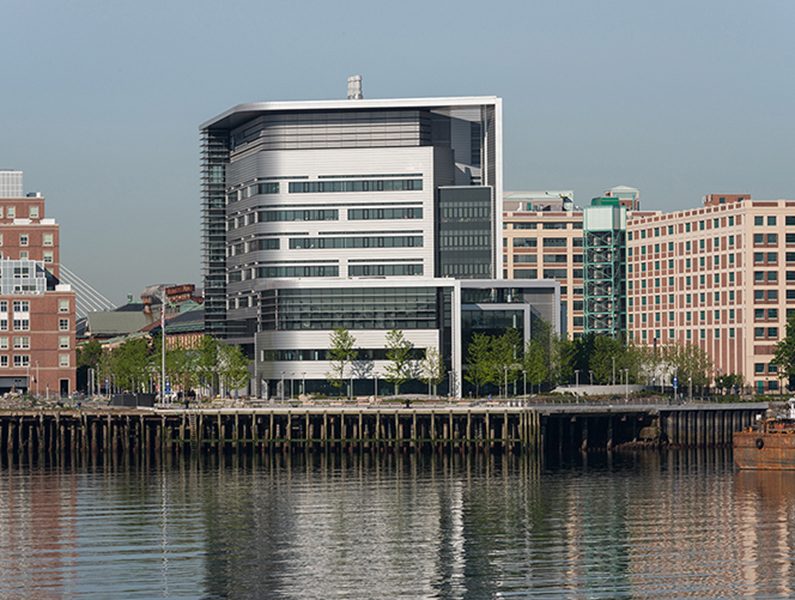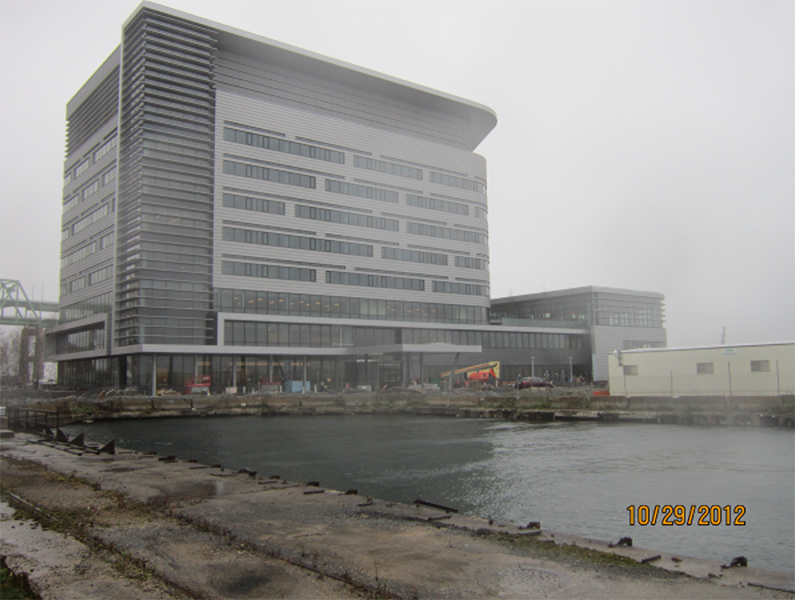This summer, the world has seen some intense climate crises. The Washington, D.C. area experienced massive rainfall, causing flash flooding and sinkholes in a region not prone to such disaster. In New York, a massive black-out caused businesses to close and Broadway shows to be canceled. Unprecedented heat waves scorched Europe and Asia in July and August. And after devastating the Bahamas, Hurricane Dorian inches up Florida’s coast today. We watch, with deep concern, the path of destruction it leaves in its wake.
These extreme events seem to be getting more frequent, but data that tells us they aren’t so isolated. The extreme precipitation experienced in D.C. aligns with the projections in the Climate Ready DC plan. New York has experienced significant power outages in recent years due to an aging infrastructure. Warming temperatures point to increased heatwaves. And the Caribbean and southeastern coast has learned many lessons from previous storms of epic proportion.
How do we prepare? A few months ago at the Cornet Eastern Regional Summit in Boston, a panel convened to look at how businesses view resilience and are adapting to changing climate factors. Representatives from the Boston, New York, and D.C. markets shared how their companies are dealing with preparing for the unexpected.
Here are the top five takeaways from that presentation. Though these considerations stem from U.S. projects and efforts, they can be applied globally:
Don’t discount how more effort during planning and design of a facility can outweigh the cost of rebuilding. When Partners Healthcare moved forward with Spaulding Rehabilitation Hospital in Boston right on the river, the design team noted how the first floor really needed to be elevated above the projected flood levels at the time. In the middle of the design process, Partners agreed to rework some of the design to raise the first floor of the building a few feet, and add in landscaped berms between the building and the waterfront. Years later when Hurricane Sandy hit the Northeast, the entire facility stayed dry and safe, protecting the fragile lives inside.
Planning for redundancy is critical for business continuity. Bob Fucito of Fannie Mae noted there how important energy back-up is to maintaining not just the function of business but also the security of information. If technology is a key component to getting work done, take time to understand what level of energy might be needed as a secondary source for critical items.
Look for weak points in the system. Whether during a real estate search or on an annual basis for an owned building, it is important to inspect building and utility systems regularly to look for components just waiting to fail. This could be something as simple as an air vent that allows rain into the building when opened for ventilation, or more complex like overloaded electrical circuits. Roof inspections may head off leaks, and cleaning roof drains also head off overloading the roof with water during and after a storm.
Communication conduit is important within an organization in times of crisis. Viacom, with headquarters in Times Square in New York, works with local law enforcement and neighborhood development groups regularly to assess potential issues around their prominent location. They take preemptive security actions when necessary to protect their employees without creating a sense of alarm and stress. If a crisis event occurs, the company has set up alert systems not just through email and text but also through a series of internal affinity groups.
Best practices for sustainability may also be best practices for resilience. Green roofs have been well-publicized for reducing the urban heat island effect, but they also slow stormwater runoff from a building and could provide area for food cultivation and respite for building occupants during a crisis event. Access to daylight and views to the exterior cut down on lighting energy costs but also allow for use of a space during the day when the power goes out.
Preparing for the unexpected or a fully-undefined risk can be tricky and daunting, but these and other companies have put effort into combating the unknown to some extent. With the goals of protecting life, property, and business operations, they have evaluated risks and vulnerabilities and taken actions to adapt when needed.


